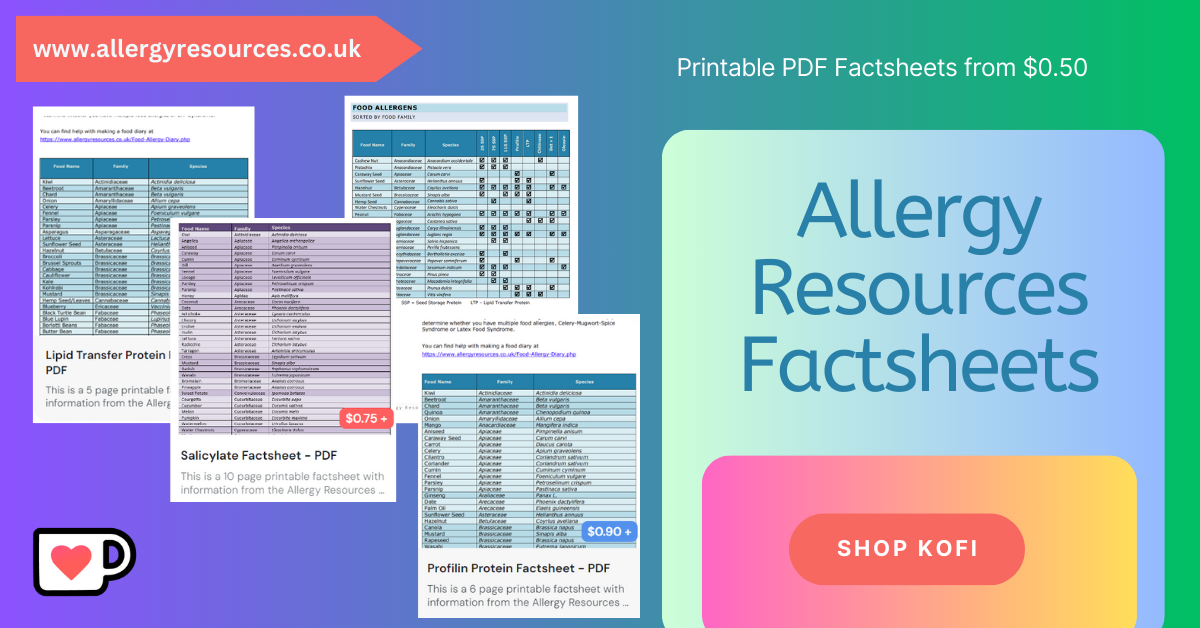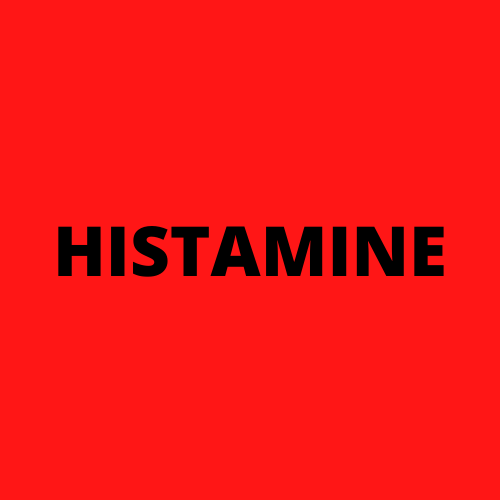
MOLLUSC ALLERGY
Key Allergens
The WHO allergen index covers 6 species of molluscs linked to allergic reactions.
The main allergen in all 6 species is Tropomyosin, which is a protein found in the exoskeletons of the animals.
Food Intolerances



Molluscs are considered to be high in histamine, so is not suitable for people following a low histamine diet. The amount of histamine starts to increase once caught, so improperly handled and refridgerated molluscs can cause what is called 'scromboid poisoning'. The symptoms of this are very similar to a severe allergic reaction, so are often confused.
Sulphites and histamine often go hand in hand. Molluscs have less sulphites when caught and eaten fresh and this amount increases as they are processed, canned or smoked. Sulphites are inorganic salts used in preservations and have the potential to cause symptoms of food intolerance to those sensitive to sulphites, this food intolerance is more common in asthmatics. An improvement in symptoms can be made with a change to a low sulphite diet.
Molluscs are a low FODMAP food. FODMAP stands for Fermentable oligosaccharides, disaccharides, monosaccharides and polyols. Foods high in FODMAPs can cause symptoms of food intolerance, affecting the gastro intestinal system and this can be mistaken for a true IgE food allergy.
You can read more about Food Intolerances on the dedicated Food Intolerance Page.
Associated Syndromes
Cross Reactivity
Catfish, some types of salmon and tilapia are types of fish which have also been identified as containing the allergen tropomyosin, there may be cross reactivity between eating certain types of fish and molluscs.
There is a lot of research into a link between dust mite allergy and molluscs allergy, this is again attributed to the common allergen - tropomyosin.
Resources
Websites
Allergen Encyclopedia - Oysters
Anaphylaxis Campaign - Shellfish
Food Allergy Canada - Crustaceans and Molluscs
Allergy information for: Abalone, perlemoen (Haliotis midae)
Allergy information for: Oyster (Crassostrea gigas )
Allergy information for: Snail (Helix aspersa)
Allergy information for: Squid (Todarodes pacificus)
Histamine Intolerance Food List
Allergy UK - Fish and Shellfish Allergy
Articles and Journals
IgE-Mediated Shellfish Allergy in Children, 2023
Varying Approaches to Management of IgE-Mediated Food Allergy in Children Around the World, 2023
In vivo diagnosis with purified tropomyosin in mite and shellfish allergic patients, 2016
Tropomyosin: An Invertebrate Pan–Allergen, 1999
Identification of the first major allergen of a squid (Todarodes pacificus), 1996